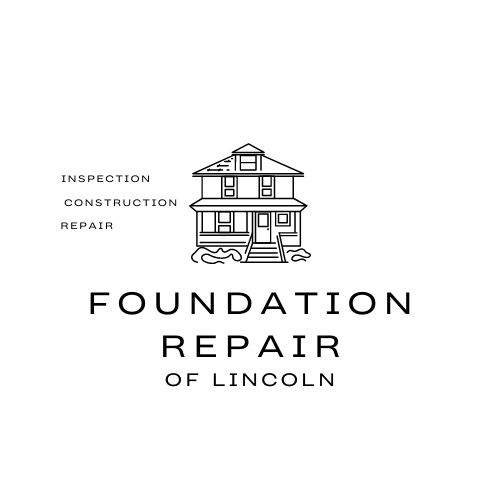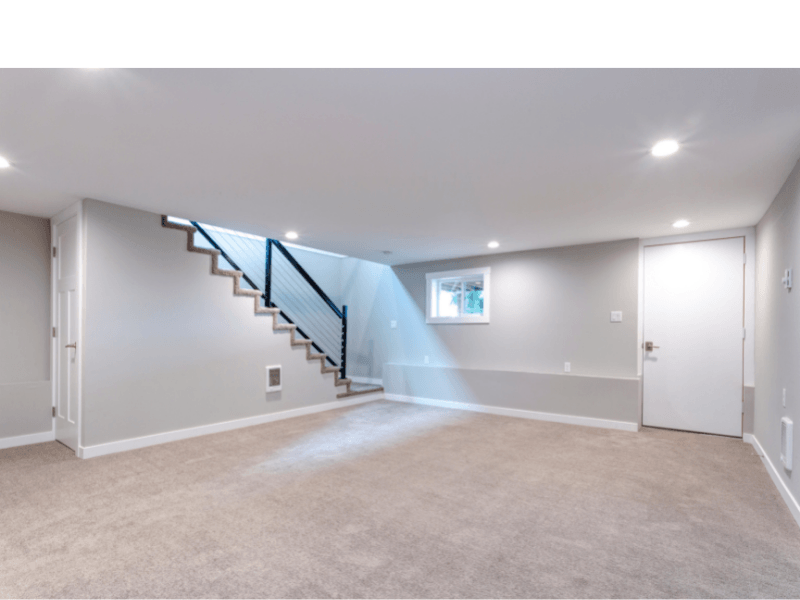
The Charm of Older Lincoln Homes
Older Homes Remain Popular in Lincoln, NE
Here in Lincoln, Nebraska, we have a rich history. That means that there are many older homes throughout the city that showcase its architectural heritage.
Some of the neighborhoods with a concentration of older homes include:
- Near South: This neighborhood is located south of downtown Lincoln and is known for its Victorian and Craftsman-style homes built in the late 1800s and early 1900s.
- University Place: This neighborhood is adjacent to the University of Nebraska-Lincoln and features many historic homes, including Tudor Revival and Colonial Revival styles.
- Woods Park: This neighborhood is located just east of downtown Lincoln and has a mix of historic homes, including bungalows and cottages, as well as newer construction.
- Havelock: This neighborhood is located in northeast Lincoln and was originally a separate town that was annexed by Lincoln in the early 1900s. Many of the homes in Havelock were built in the early 1900s and showcase a variety of architectural styles.
- Capitol Beach: This neighborhood is located on the western edge of Lincoln and has a mix of historic homes, including ranch-style homes from the mid-20th century.
These are just a few examples of neighborhoods in Lincoln with older homes. You can also explore other areas of the city to find unique and historic homes with character and charm. If you find other architectural gems around the city, put your finds in the comments below.
Ready to work with Foundation Repair of Lincoln?
Let's connect! We’re here to help.
Send us a message and we’ll be in touch.
Or give us a call today at 402-261-9636
Agency Contact Form
We will get back to you as soon as possible
Please try again later
More Marketing Tips, Tricks & Tools


About Us

Founded by Kevin Smith back in 2001. Foundation Repair of Lincoln has estabilished itself as one of the best and most prestigious providers of cement and foundation repair services in Nebraska.
| Powered by Snapps


